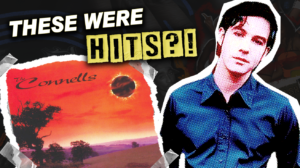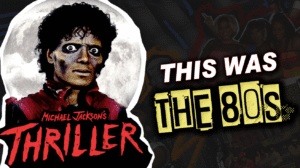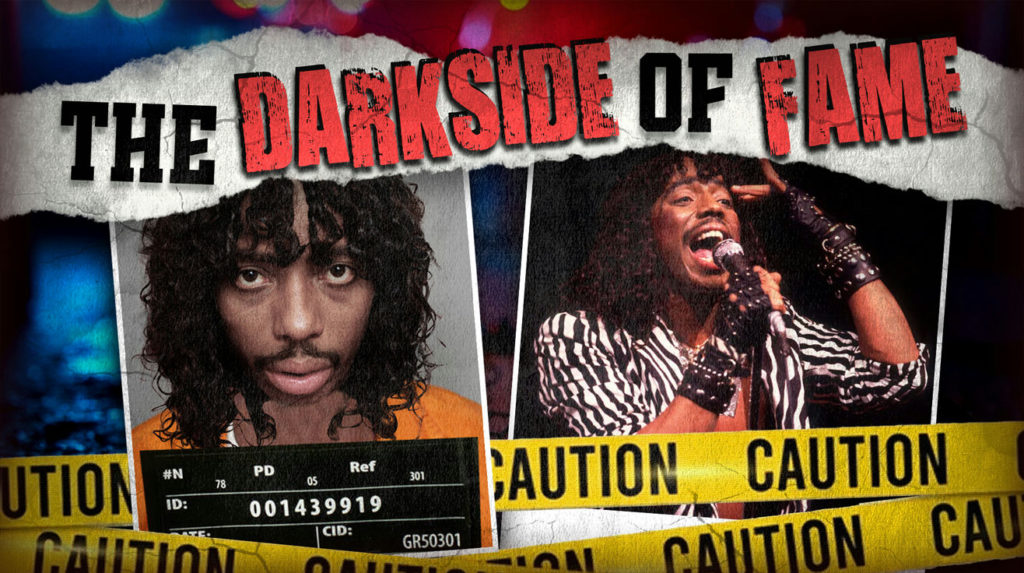
Bell-bottoms and disco balls defined the surface of the 1970s, while underneath lurked a shadow world where rock legends crafted their immortality through self-destruction. Behind platinum records and stadium-shaking performances existed addiction, legal nightmares, and psychological warfare that weren’t just bad decisions—they were slow-motion car crashes producing some of the most transcendent music ever recorded.
8. Jim Gordon
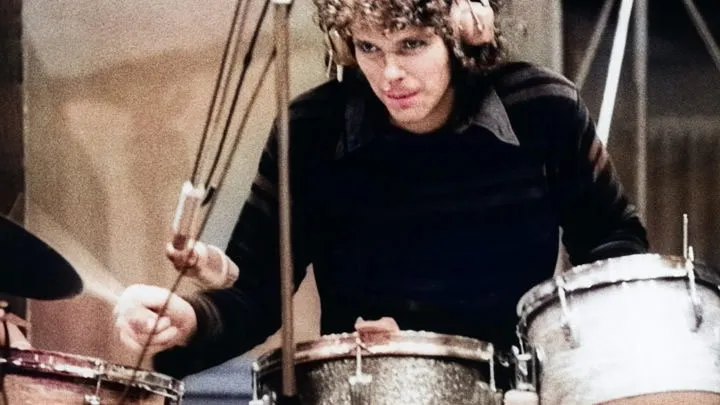
Session drummers typically remain anonymous to all but the most dedicated liner note readers; yet, Jim Gordon’s rhythmic fingerprints are etched into the grooves of rock history. Those steady beats became the foundation for Eric Clapton, George Harrison, and Steely Dan’s most iconic recordings, including the haunting piano coda in “Layla,” which was Gordon’s composition.
Undiagnosed schizophrenia lurked beneath his technical precision like a virus corrupting system files. Behavior grew increasingly erratic as voices no one else could hear became his primary audience, leading to the horrific culmination in 1983 when, during a psychotic episode, he killed his mother.
7. Chuck Berry

Guitar innovations weren’t just influential—they were foundational, creating the vocabulary rock guitarists still speak today. Before rock and roll existed as we know it, Chuck Berry drafted the blueprints everyone else would follow, with “Johnny B. Goode” serving not just as a hit song but as a musical manifesto that would echo through decades.
Legal troubles formed a dark countermelody to these musical innovations throughout his career. His 1979 tax evasion conviction sent him to prison during a time when most rock pioneers were cashing royalty checks and writing memoirs.
6. Leif Garrett

Teenage fantasy required a perfect face, and Leif Garrett delivered exactly what the machinery of fame demanded. Photogenic features made him the perfect projection screen for teenage fantasies while “I Was Made for Dancing“ climbed charts with the inevitability of puberty, creating magazine covers, merchandise, and screaming fans that generated the illusion of immortality.
Reality was writing a different script behind that carefully constructed facade. Drug use began before he could legally drive, setting the stage for arrests that would become more reliable than his record releases. A devastating car accident that left his friend paralyzed added guilt that young shoulders weren’t designed to carry, while financial problems completed the teen idol downfall trifecta.
5. Billy Preston

They called Billy Preston the “Fifth Beatle” for good reason. Those fingers dancing across keyboards created sonic textures that elevated every recording session they touched, while his perpetual smile could power a small city, and his signature afro framed a face radiating pure joy. “Nothing From Nothing” showcased keyboard virtuosity that defined a generation’s understanding of the instrument’s possibilities.
Financial troubles and drug dependency revealed how far this musical genius had fallen from grace. Tax problems mounted relentlessly while addiction tightened its grip with each passing tour, creating a narrative where you keep hoping the protagonist will make better choices. Preston’s story reads like a Netflix limited series where the algorithm of addiction keeps steering toward tragedy, transforming a man who once commanded rock royalty’s respect into someone struggling with the basic mechanics of staying alive.
4. Gary Glitter
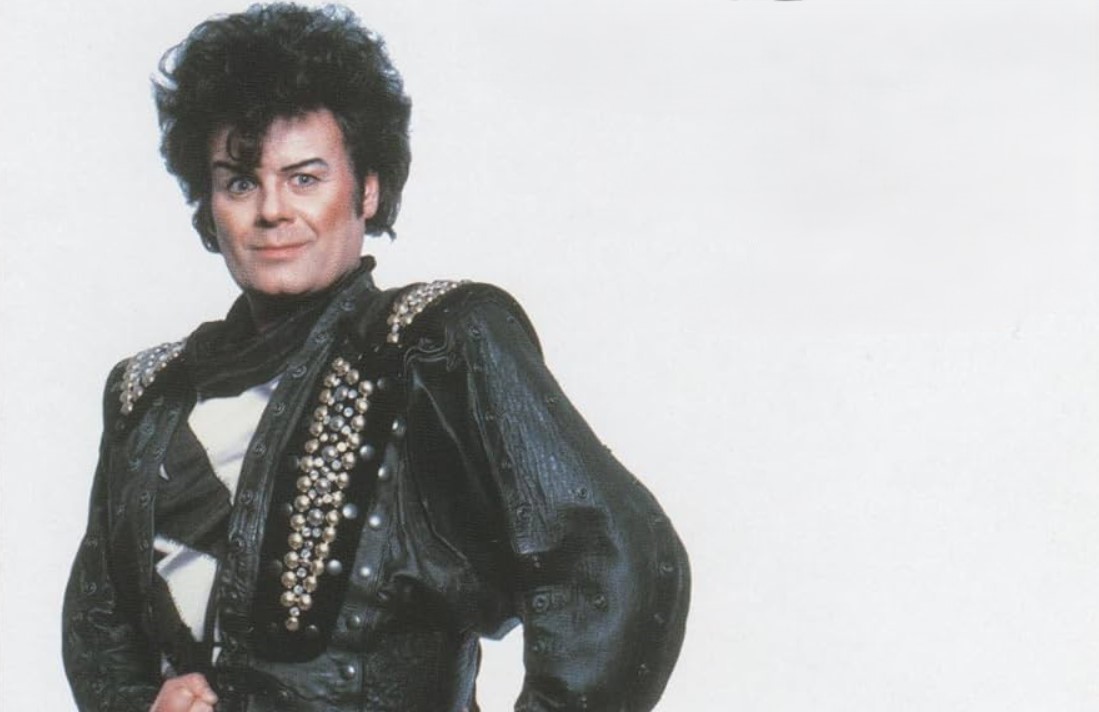
Glam rock demanded excess, and Gary Glitter answered with platform boots and glitter-bombed costumes that challenged every musical convention. “Rock and Roll Part 2” transcended its origins to become the unofficial soundtrack of sporting events worldwide, its wordless chant recognized across generations of fans who had never heard his name.
Digital age revelations destroyed this carefully constructed persona when child abuse images discovered on his computer revealed the monster behind the makeup. Multiple prison sentences across continents transformed him from beloved entertainer to universal pariah faster than free beer disappears at a festival. His music vanished from playlists so completely it was as if someone had deleted his files from music’s hard drive, representing the most thorough cultural cancellation possible when an artist’s crimes become inseparable from their creative output.
3. David Ruffin
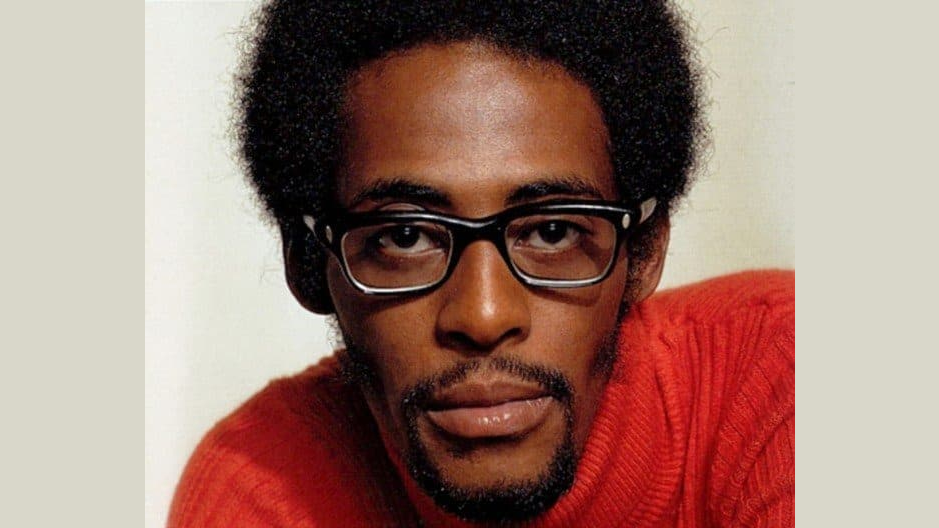
Distinctive baritone vocals transformed standard Motown arrangements into soul-searing confessionals that launched a thousand Temptations hits. David Ruffin’s voice existed in a body at war with itself, creating musical magic while battling inner demons that would eventually claim victory. Cocaine dependency thickened like fog around his career by the mid-1970s, turning the man who had once defined soulful elegance into a cautionary tale.
Scheduled performances became Russian roulette as absences mounted with each passing year. Bandmates watched helplessly as their former frontman’s remarkable talent became increasingly overshadowed by his volatile unpredictability. The substance that initially seemed to fuel his creativity eventually consumed everything else. His 1991 death at age 50 marked the final track on an album that had been skipping for years, leaving soul music to mourn what might have been.
2. Jerry Lee Lewis
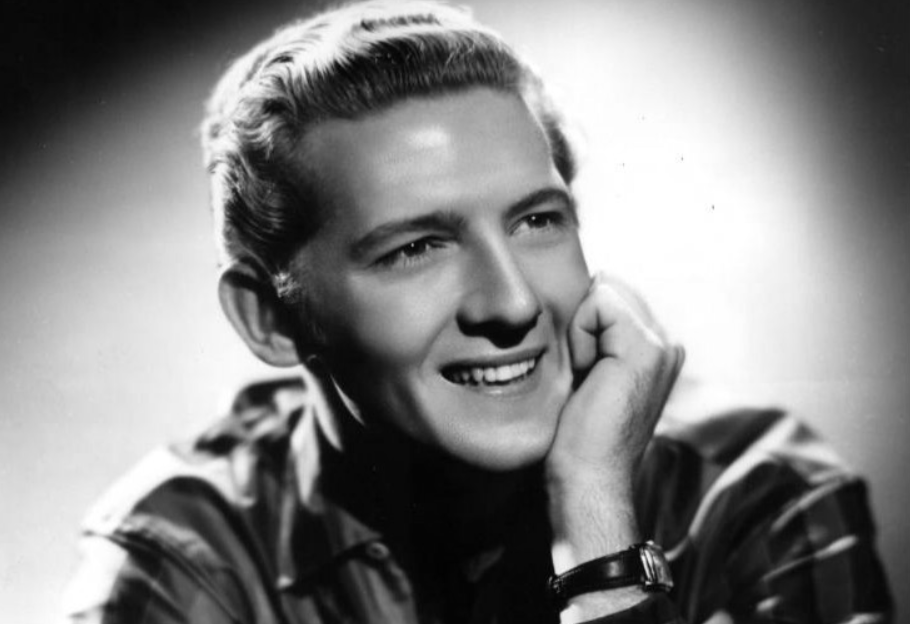
Wild-eyed piano attacks and Jerry Lee Lewis became synonymous, as “The Killer” transformed every performance into controlled chaos. “Great Balls of Fire” and “Whole Lotta Shakin’” served as musical manifestos delivered with evangelical fervor that redefined what popular music could accomplish.
Marriage to his 13-year-old cousin didn’t just raise eyebrows—it effectively ended his rock career at its peak, forcing him to rebuild in country music’s more forgiving landscape. Later decades brought gun incidents, IRS battles, and substance abuse that would have killed lesser mortals, including his infamous arrival at Graceland brandishing a firearm while intoxicated. Lewis outlived nearly all his contemporaries, becoming rock’s most improbable survivor while the music industry struggled to reconcile his undeniable talent with his impossible behavior.
1. Rick James
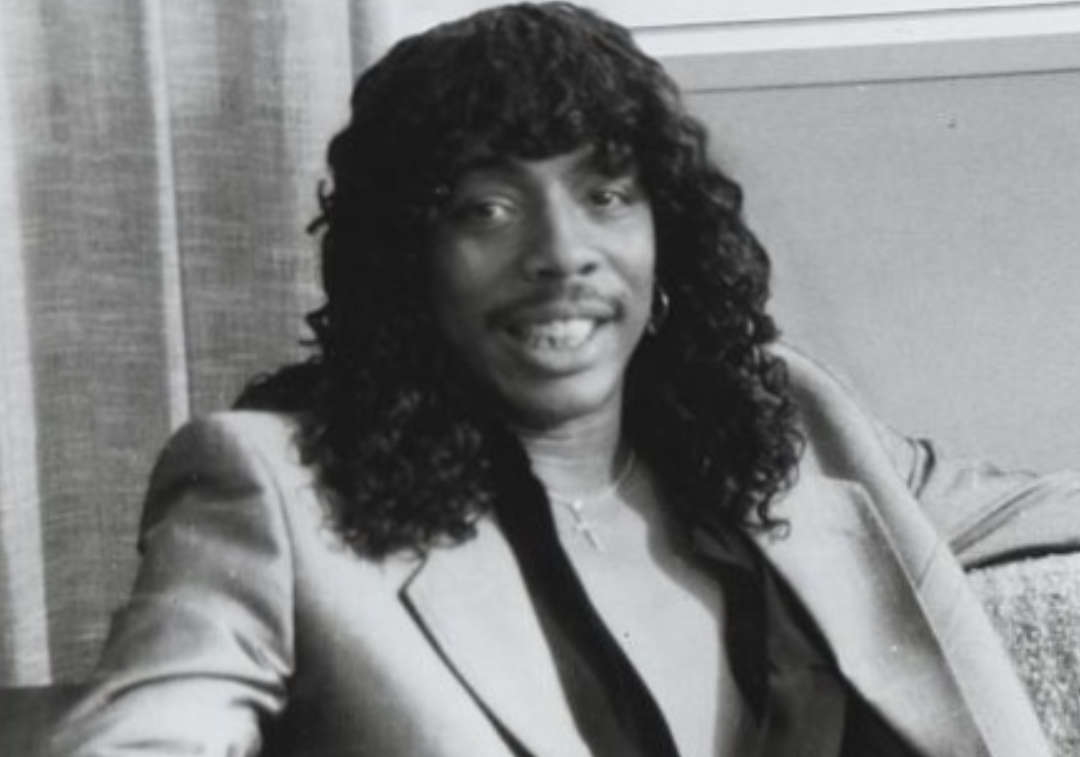
Funk found its wild-eyed ambassador when Rick James captured untamed creative energy in human form. “Super Freak” wasn’t just a hit—it was a cultural reset that fused funk, rock, and pop into something dangerously infectious, while his stage presence didn’t just command attention but demanded complete surrender from audiences.
Controlled chaos proved thinner than a guitar string when recreational drug use morphed into dependency with a feedback loop intensity. Legal issues multiplied like tracks on a mixing board as prison time replaced studio time, causing his career to fade faster than stage makeup under hot lights. Heart failure claimed him at 56, closing the book on a performer who burned bright enough to illuminate funk’s future while simultaneously destroying his own.




